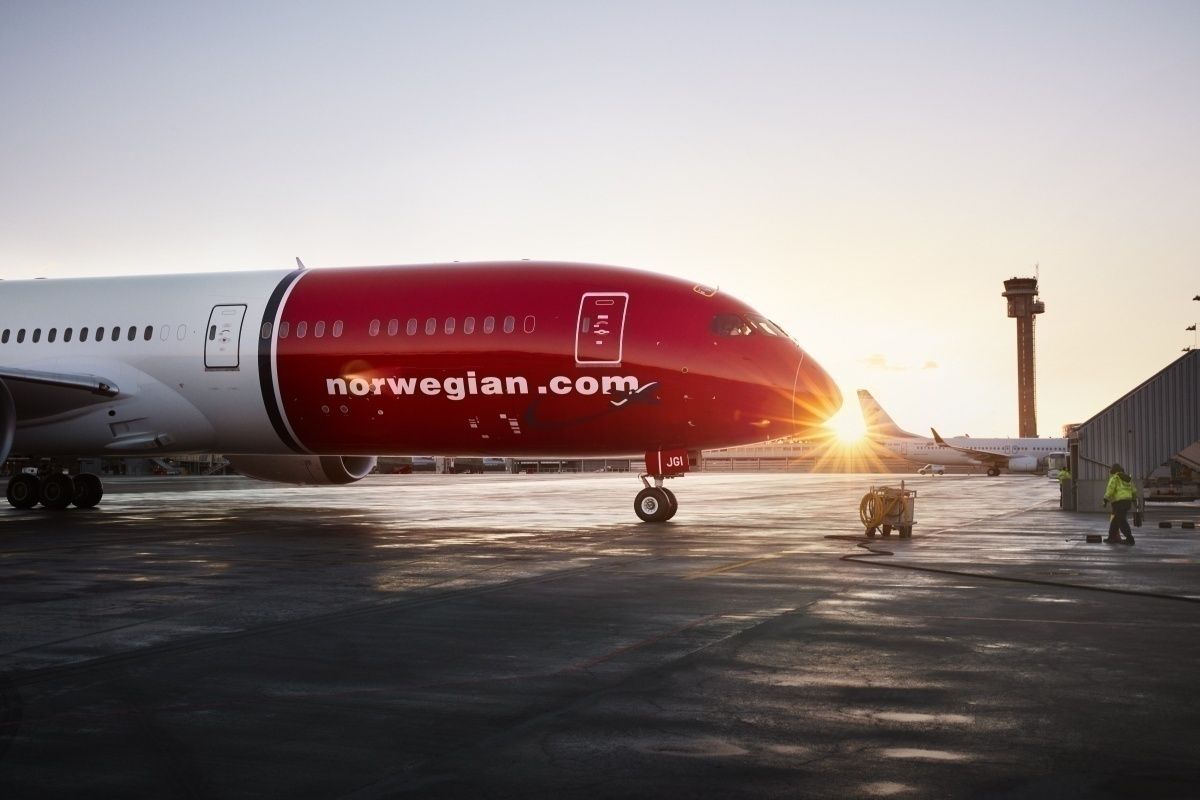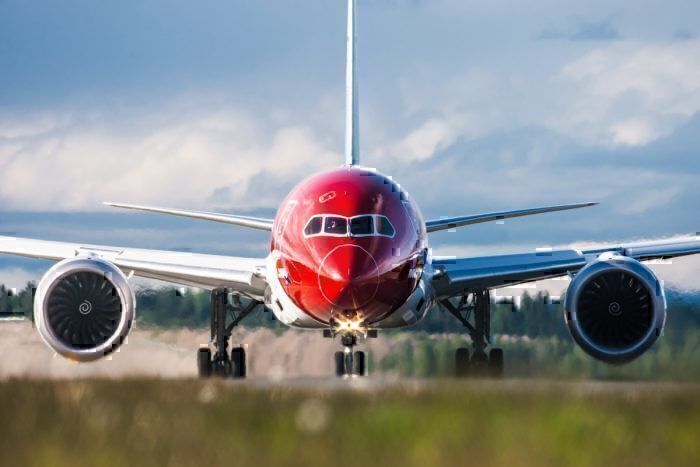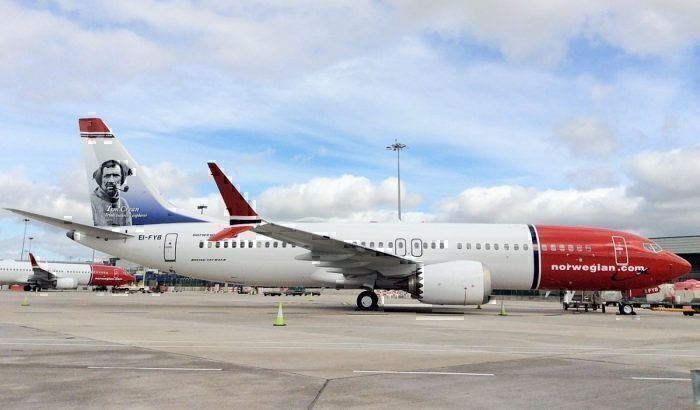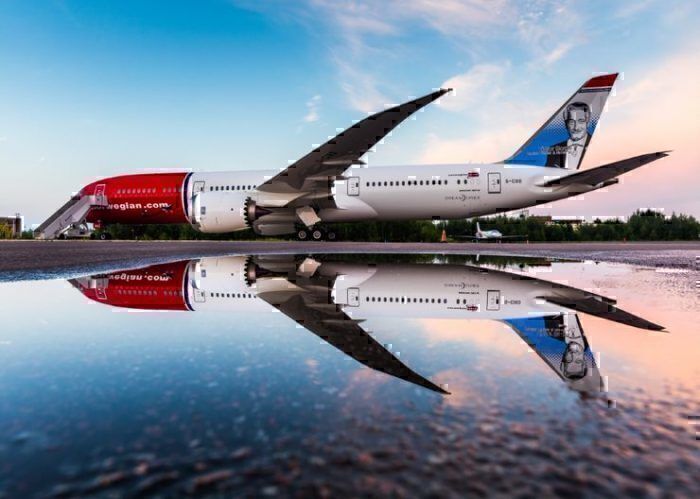A few months back, it became clear that Norwegian Air Shuttle's financial position is far from ideal and that the airlines' solvency may be at risk. The airline has currently shifted its objective to restoring profitability and is undergoing a turnaround, yet it has a heavy burden of debt that is hanging right above its operational capability.
Short introduction about Norwegian
Norwegian Air Shuttle was founded in 1993 to operate small regional routes in Norway for Braathens (a Norwegian airline later acquired by SAS). In the following years, it expanded its services in Norway, flying mainly Fokker 50 aircraft.
Only since 2002 has the airline rebranded as Norwegian and shifted to a low cost operating model. At that time, it also launched its second hub at Warsaw Chopin Airport (WAW). Since then, Norwegian’s aggressive expansion strategy led the airline to a fleet of 165 aircraft in 2018, transporting 37 million passengers.
A characteristic aspect of Norwegian's operations is establishing a large number of subsidiaries. In 2012, Norwegian Long Haul was formed, in 2014, Norwegian Air International, in 2015, Norwegian Air UK and in 2018, Norwegian Air Sweden AB. Surprisingly, Norwegian even launched Norwegian Air Argentina in 2017.
The formation of each of the subsidiaries was motivated by different reasons, yet such organizational fragmentation remains a distinctive feature of Norwegian's business model. However, a key disruptive approach that Norwegian has brought to the European market was the low-cost long-haul flights that commenced in 2016.
The current struggles
Worries about Norwegian’s weak financial situation have been around for a while, yet they intensified after the bankruptcy of Thomas Cook. Some see Norwegian Air Shuttle as the “next major airline to fail”. The airline is currently undergoing a turnaround, which is aimed at restoring profitability.
As a result, Norwegian has sold off Norwegian Argentina to JetSMART airlines. Furthermore, in mid-2019, it announced European short-haul network moderation, which included canceling some routes and reducing the frequency on others for the winter 2019/20 season.
In September and November, Norwegian axed its long-haul connections to the US and Canada, both from Ireland and some Scandinavian airports. On top of that, Norwegian's CEO and co-founder has stepped down this year. In recent months, the airline has also restructured some of its outstanding debt and raised additional capital to finance its operations. It has even sold some of its aircraft in order to liquidize cash.
The truth is that Norwegian is probably the airline whose profitability was most significantly impacted by Boeing’s issues. The entire fleet is composed of Boeing 787’s and 737’s with 118 MAX on order. The long haul operations were severely impacted by the issues with Dreamliner’s engines, forcing leases, reducing operational profitability and lowering passenger comfort, which remains so significant on long haul routes.
Additionally, the grounding and delivery delays of the MAX aircraft have resulted in higher costs, the impossibility of operating certain routes and a compromise of the entire fleet plan which the airline had in place.
Norwegian remains one of a few airlines who are fully exposed to Boeing’s aircraft and its business model requires low operational costs along with efficiency. Both of these aspects were severely impacted by Boeing. Having said that, those issues have only magnified the issues of aggressive expansion and huge debt the airline has.
The financials
Opinions may vary but numbers don’t lie. Is there a better way to learn about airlines' financial performance other than looking at how it is perceived by the investors? Well, Norwegian has lost 80% of its market cap YTD. However, over the last six months, the price remained constant. Since 2015, the stock is down 90%. The two key reasons for this are the lack of profitability and high debt burden.
Despite increasing revenues, Norwegian lost money both in 2017 of -1.8bn NOK ($200m) and in 2018 of -1.46bn NOK ($170m). It will probably do so in 2019 as well, as its YTD profits at the end of Q3 were 1.2bn NOK ($140m) less than in 2018.
Lack of profitability alongside the aggressive expansion earlier on has used up a lot of Norwegian's cash. Despite the turnaround plan, its cash balances have gone down to 2.9bn NOK ($330m) at the end of Q3 2019, from 3.2bn NOK ($360m) in 2018.
On top of that, there is a massive net debt which, including lease obligations, accounts for 62bn NOK ($7.1bn). Norwegian's debt to equity ratio stands at 11.9, while the current ratio is at 0.61, both showcasing the significant debt that the airline is struggling with.
The two key worrying aspects are the inability of the airline to increase its net cash position, as well as the significantly rising interest expenses, which have gone up almost 300% YTD. Even great operational performance, higher revenues, and lower costs might not be enough on its own for the airline to remain cash-flow positive without a need for additional financing, aircraft sales or debt restructuring.




